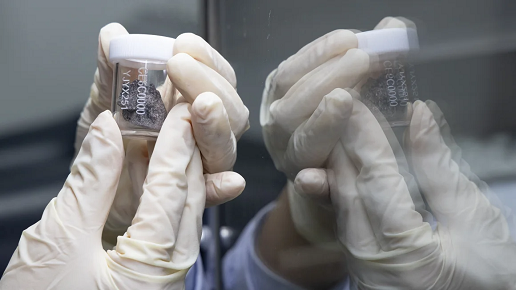[Taiwan Immigrants’ Global News Network] With approximately 80% of Singaporeans are Chinese and Chinese people celebrating the Lunar New Year around the world, the Spring Holiday is unquestionably the most significant and ethereal festival of the year. Although it is still common in the area for friends and family to visit one another to exchange New Year's greetings, the "rules" for exchanging red envelopes are very different from those in Taiwan.
Chinese residents in Singapore express their beliefs at the Spring Festival by exchanging "red envelopes," hanging red flags, and eating in fish. Eating fishes during the New Year is auspicious. Chopsticks are used to mix the fish and vegetables, which are placed on round platters and sprinkled with pepper and other seasonings. The action is thought to represent riches and good fortune in upcoming careers.
The happiness for Singaporean Chinese consists of four aspects, luck, wealth, peace and longevity. Most Chinese residences feature the character "福" written in gold on a red background because the Chinese people believe that tranquility, longevity, and wealth may be attained through personal efforts but not through luck.
Because flying bats are a homonym for "Fu," flying bats are frequently shown on New Year's cards. Since "Ji," another word that represents luck, is a homonym of "orange," the local Chinese are accustomed to eating oranges during the Spring Festival.
Additionally, Singapore's custom of handing out red envelopes at Chinese New Year differs significantly from that of China and Taiwan. While Singaporeans use "married or not" as their criteria, people in China and Taiwan no longer take red envelopes from their elders and family members after working. Anyone who is married is eligible to distribute red envelopes and has the ability to do so. Thus, it is common for a married younger brother to send a single older sister a red envelope for the new year.

0128.jpg)





